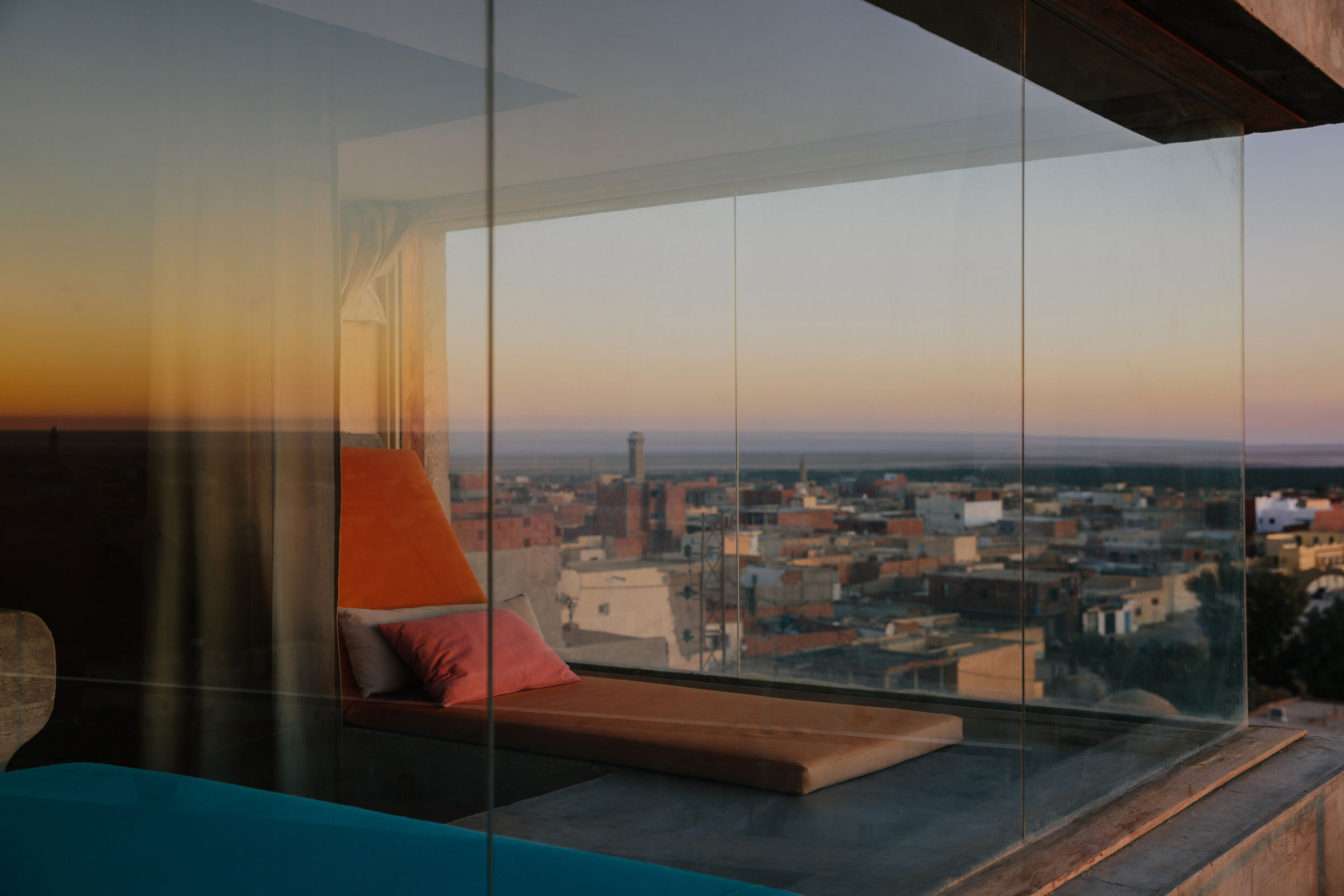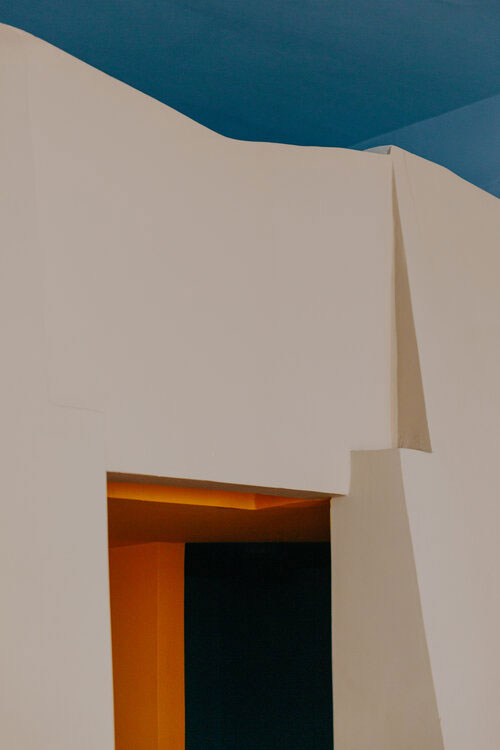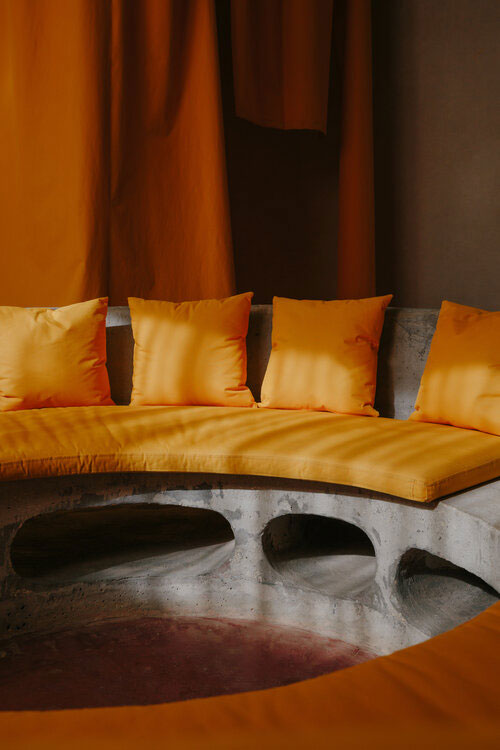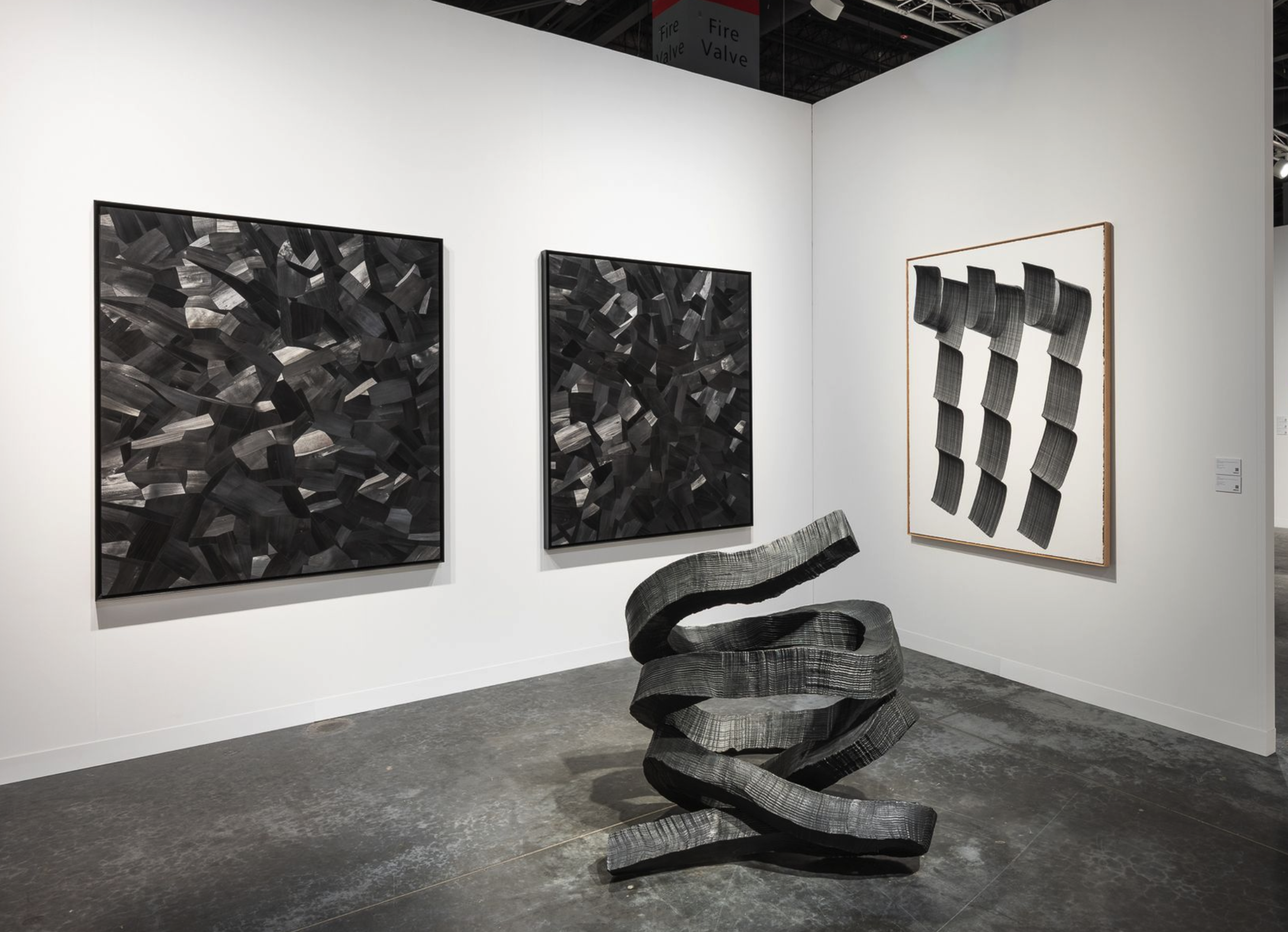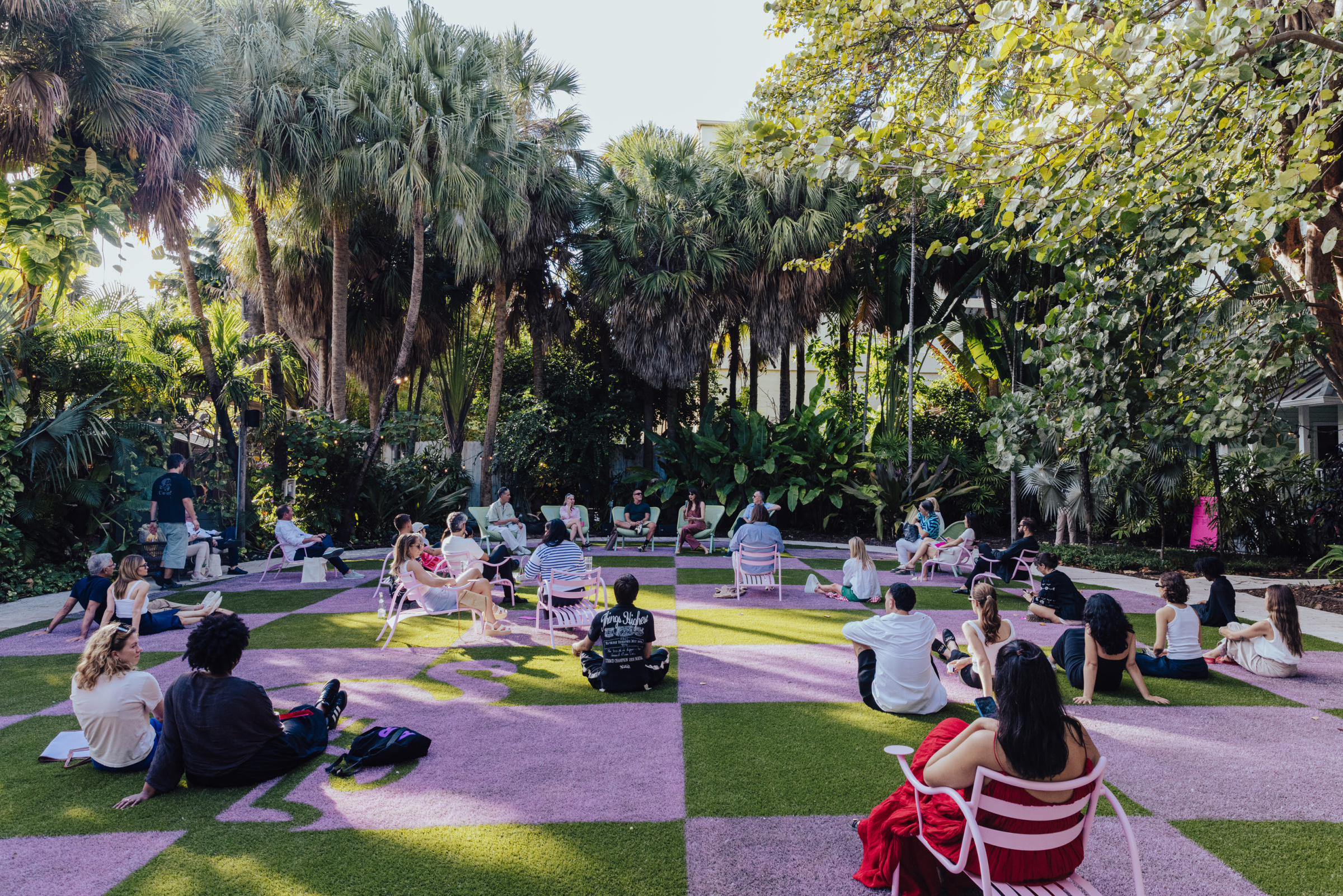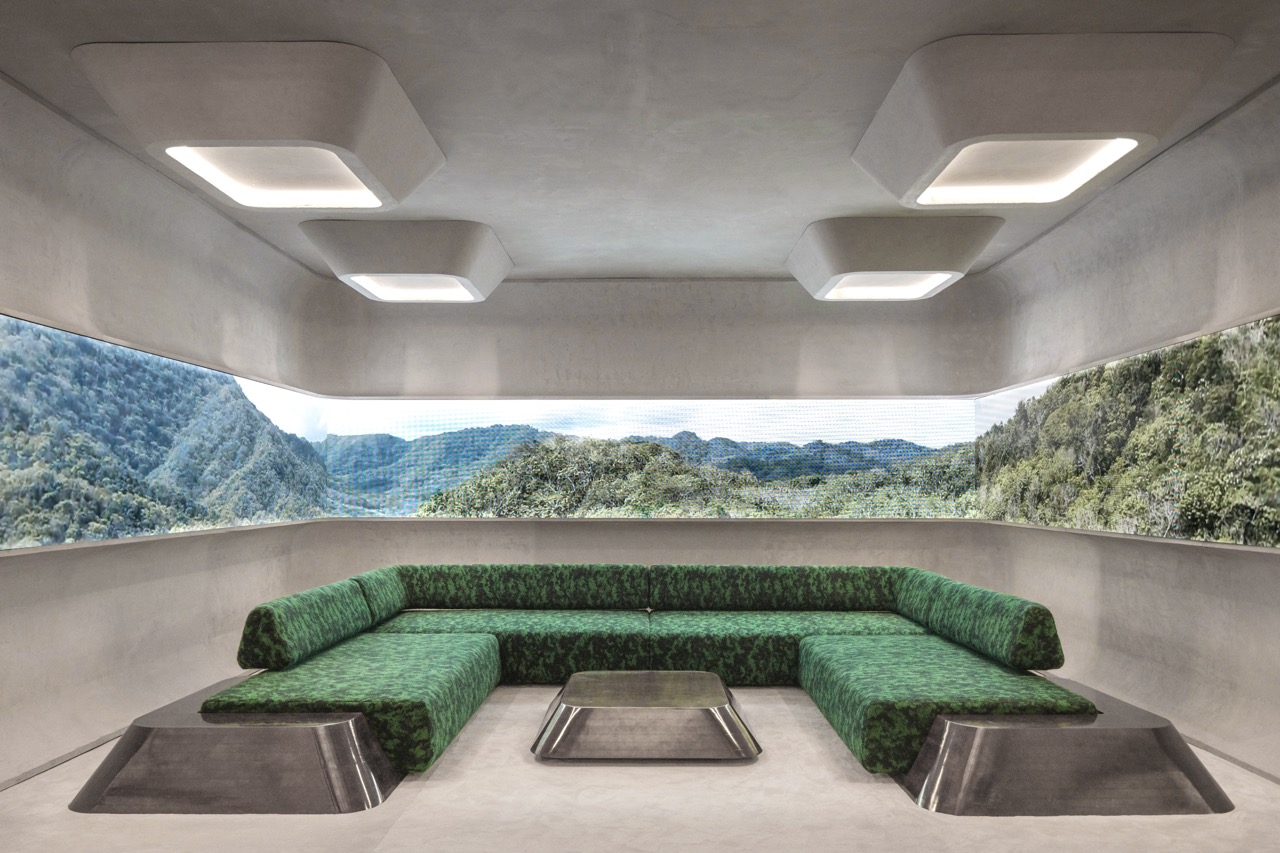Every Thursday the Sixtysix newsletter delivers the latest creative news, designs, and insights straight to your inbox. Here are this week’s highlights. Not on the email list? Subscribe now.
***
- Photo courtesy of marina-denisova.com
- Photo courtesy of marina-denisova.com
Marina Denisova plays with light to capture a sense of peace in her architectural photography.
+ After years of studying management and working in social media, the Barcelona-based photographer was asked by the fashion e-commerce company she worked at to try her hand at product photography—the gateway into which Marina found her calling. Her photography style features qualities of mesmerizing calm tinged with warmth and set aflame by her skillful play with light.
+ “I think I would like my photos to convey that state of peace I have when I take a photo. I would like people to feel the same connection I felt with a space or with a person I photographed. I want them to feel welcomed,” Marina told Visual Pleasure.
In other creative news, these are the design highlights from the Tokyo Olympics, featuring Kengo Kuma, Nendo, Telfar Clemens, and more.
+ The world’s greatest athletes are the stars of the Olympics, but the designs showcased in the events take Silver. The design acme of the Tokyo Olympics is the Japanese National Stadium, designed by Kengo Kuma, whose tree interpretation involves wraparound wood cladding and several tiers of plant-lined terraces.
+ Also on the design roster is Nendo’s Oki Sato, who designed the Opening Ceremony’s cauldron, lit by Naomi Osaka. It’s the first to burn hydrogen instead of propane, emitting no greenhouse gas. Athletes’ uniforms also got the design treatment, with Liberian competitors sporting designs from the likes of Telfar Clemens.
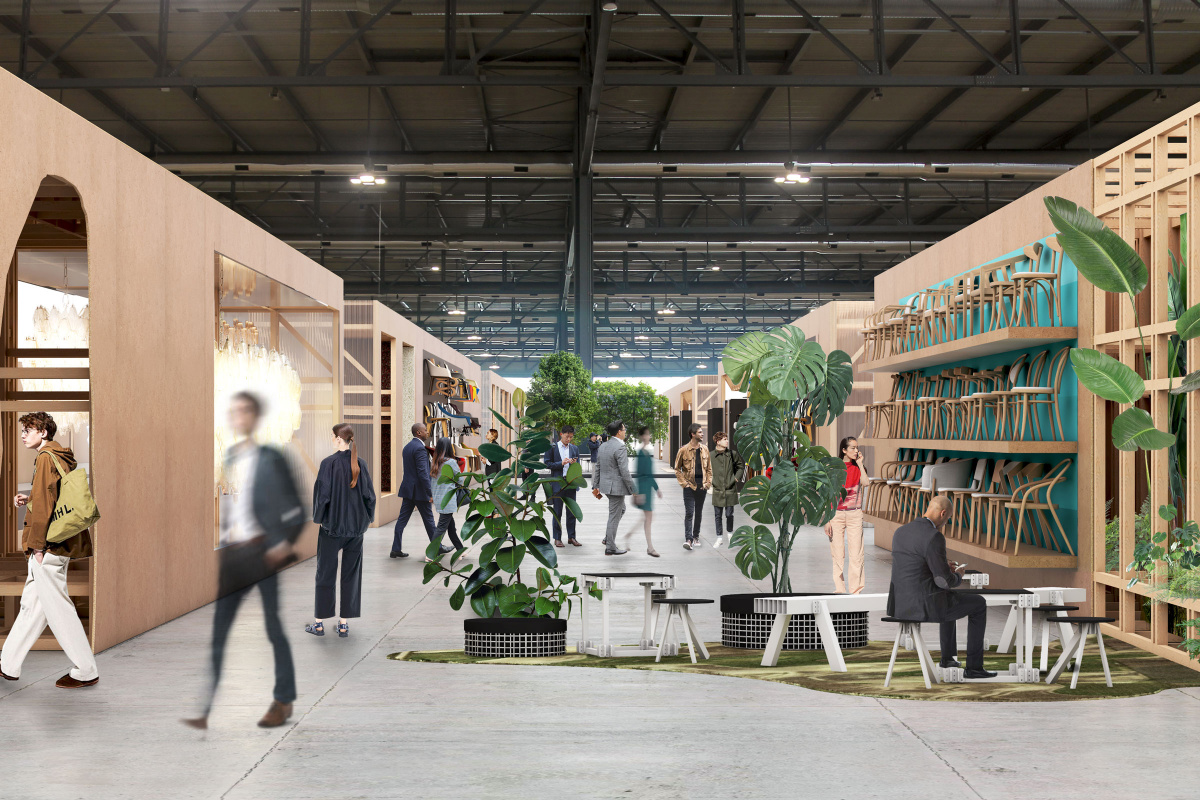
Courtesy of Salone del Mobile
Design, sharing, and sustainability take center stage at Salone’s “supersalone” event.
+ Hosted from September 5 to 10, supersalone will showcase its commitment to sustainability by recycling its installations, made from 100% recycled timber. They’ve also partnered with Forestami to create a forest of 200 lime, ash, oak, and flowering plum trees with the intention of subsequently replanting them in metropolitan Milan.
+ The Lost Graduation Show curated by Anniina Koivu will showcase 170 projects by students from 48 design schools in 22 countries on five continents. This special exhibition is the first in Salone’s history to include all sectors of furniture design while supporting design schools in the process.
Architect Michael Ford inspires the next generation of Black designers by blending hip-hop culture with design.
+ Grateful for having a mentor in the design community, Michael, known as the hip-hop architect and founder of BrandNu Design studio, wanted to serve underrepresented youth. He founded the Hip Hop Architecture Camp, which uses hip-hop culture to introduce kids across the US to design, ultimately inspiring them to pursue creative careers.
+ In week-long sessions, the camp unpacks how song and rap composition connects to the built environment. “It’s using cultural relevancy as a catalyst,” Michael told Interior Design. Top participants can even earn paid internships at firms like NBBJ and Bora Architecture.
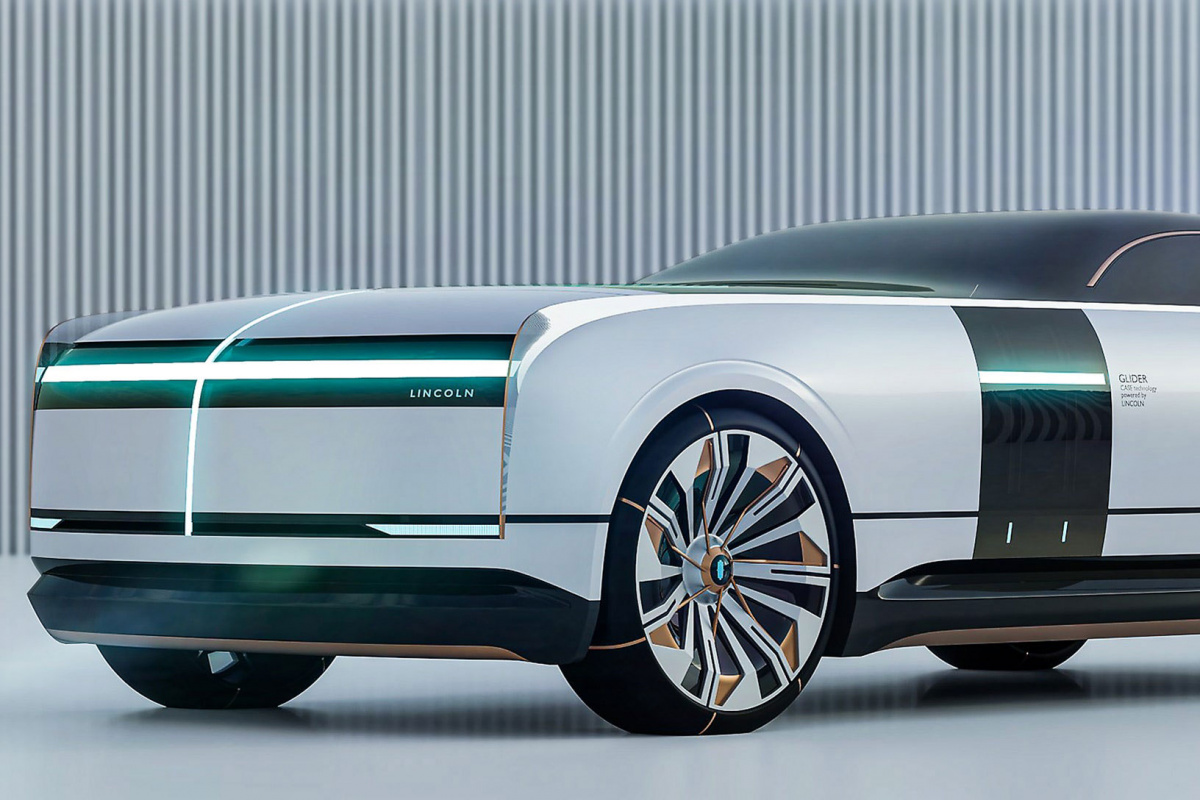
Courtesy of lincoln.com
This is what you’ll be driving in 2040, according to The Lincoln Motor Company.
+ The Lincoln Motor Company challenged design students from the ArtCenter College of Design, one of the world’s premier institutions for up-and-coming automotive design, to create four different concept vehicles, each guided by Lincoln’s vision of “Quiet Flight.” The cars were to be connected, autonomous, shared, and electric.
+ True to the luxury of Lincoln vehicles, one such model was inspired by Lincoln Zephyrs and Continentals of the ’30s and ’40s with gliding, futuristic design. Another is a streamlined six-seater with its inside built out like a beautifully crafted living room. Both cars have smart car technologies that can take over driving at any time without sacrificing comfort or safety.
View this post on Instagram
Kelly Wearstler transformed a 1970s California cottage into a rustic bohemian retreat.
+ As an answer to the live-work order, Kelly drew inspiration for the Malibu Surf Shack from the original details of the cottage, including the home’s wooden wall paneling and Japanese shoji screens.
+ The entry way features a Chuck Moffit bronze and leather bench, and in the office is a 1980s green marble table by Mario Bellini. “I wanted to choose objects that were hand-crafted, rustic, and raw,” Kelly told Dezeen.
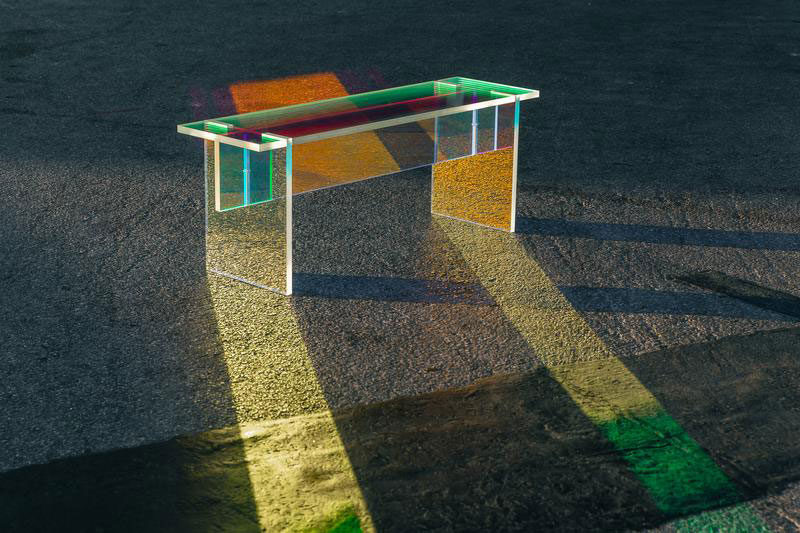
Photo courtesy of simonbarazin.com
In an NFT world, Simon Barazin’s F04 rainbow-lit table-bench dances between physical furniture and computer simulation.
+ At nearly 6 feet long, the F04 table bench was designed with translucent panes of treated plexiglass, allowing the object to reflect and refract light resulting in colorful optical illusions.
+ “Furniture, according to the French theorist Baudrillard, simultaneously serves as objects of use and objects of desire,” Simon told Yellowtrace. “The F04 table-bench was envisioned to spark conversation with its visitors from its dazzling visual effects.”
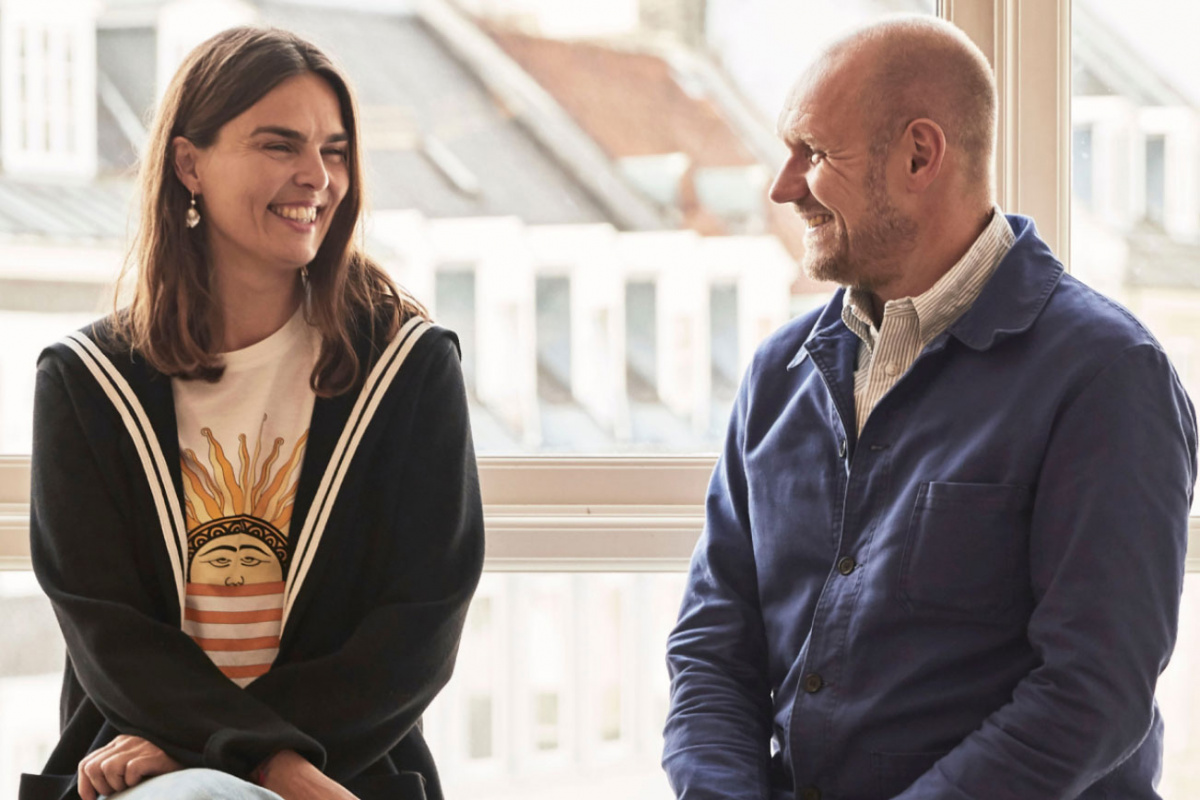
Photo courtesy of hay.com
Founders Mette and Rolf Hay look back on how they built HAY.
+ Before HAY became the HAY, Rolf and Mette met while working for Gubi—he with no design background, she with only the scattered influence of her parents’ design store in Denmark. “We are two people, with different passions. Mine are for the small things, Rolf for furniture,” Mette told It’s Nice That.
+ “We said, what if we could work with the best designers in the world to create high-quality design products in an affordable context, a democratic context? This is what we wanted when we started HAY in the beginning, and it’s still what we want to do today,” Rolf said.
View this post on Instagram
Davinci’s new electric motorcycle, DC100, has the mechanical prowess to self-balance and auto-follow thanks to its intelligent robotic design.
+ New to the lineup of high-performance electric bikes, the DC100 boasts the ability to follow you, like a jogging companion, and be controlled by a smartphone app. Similar to an automatic vehicle, there is also a “creep” feature that slowly creeps the bike forward when the brake lever is released.
+ Unlike with a traditional motorcycle, the rider is equipped with reverse assist, downhill assist, and driver assist, along with the bike’s 250 mile NEDC range and 137 horsepower. Davinci also plans to open-source the bike’s code so software developers can continue to develop its high-tech features privately.
***
Want this news roundup send straight to your inbox? Subscribe below.
[ninja_form id=3]
